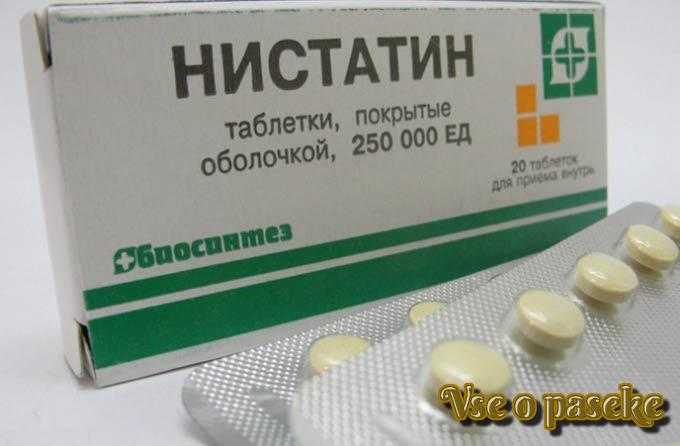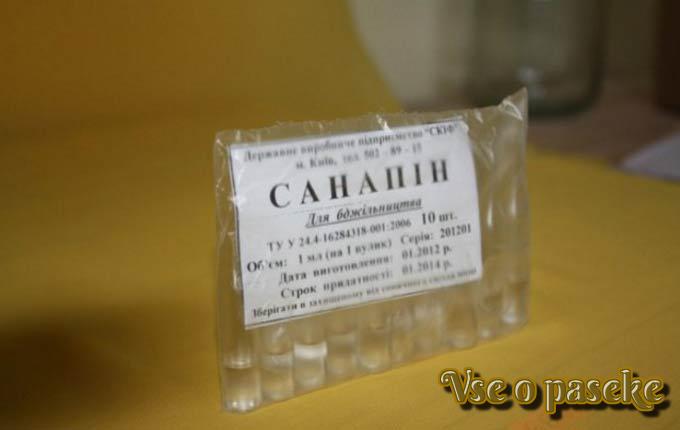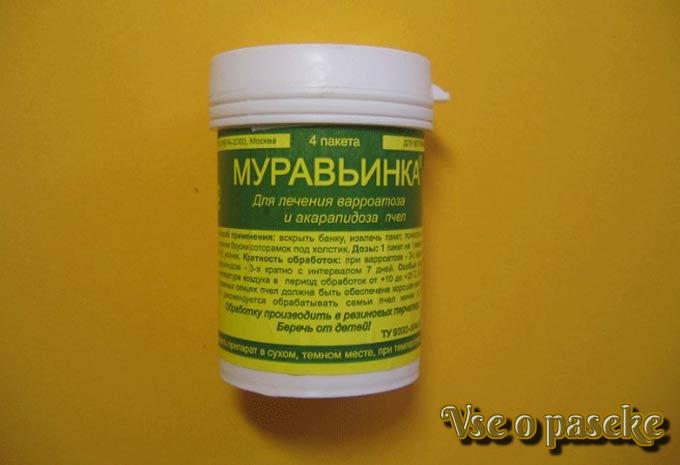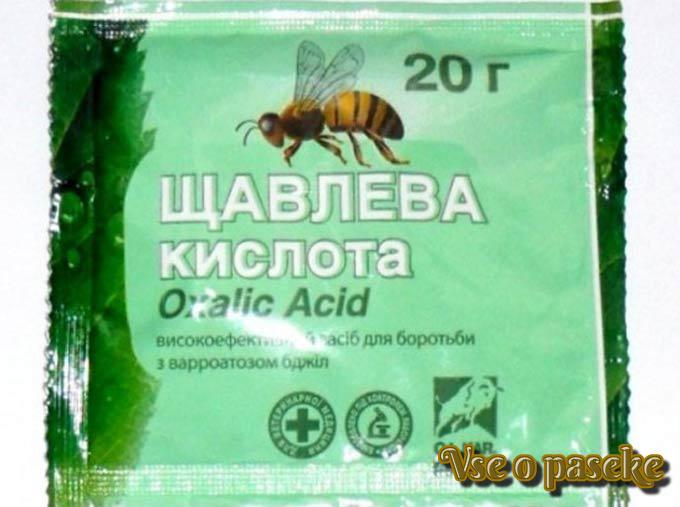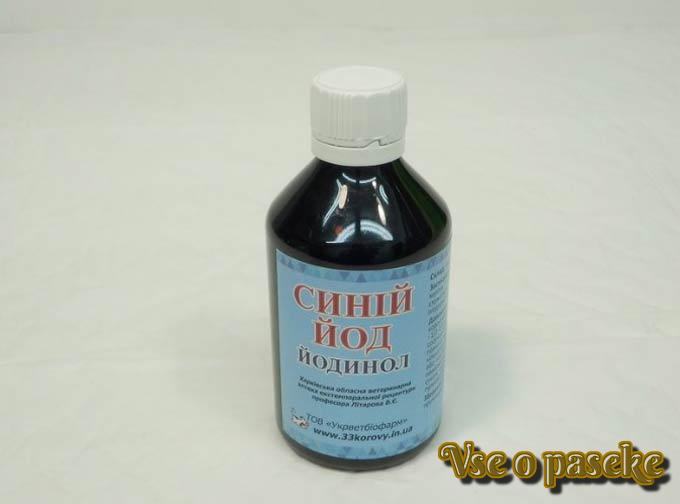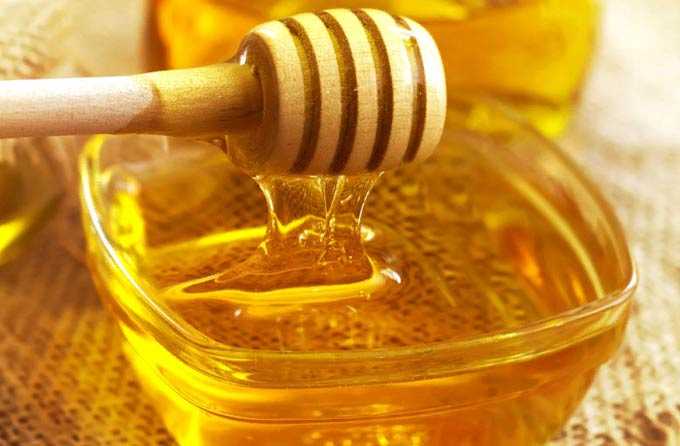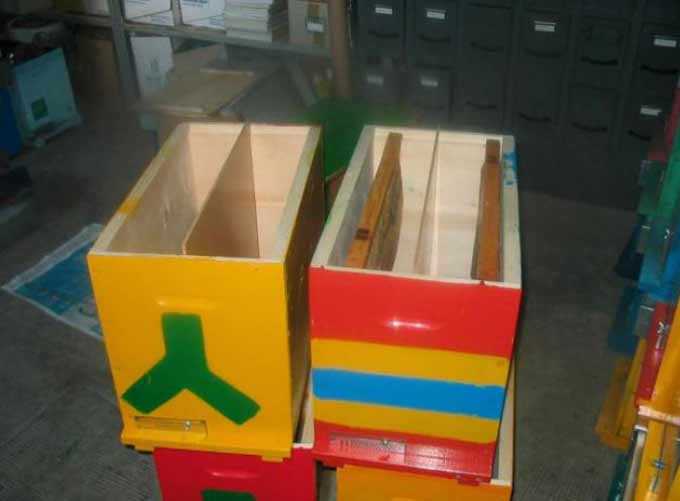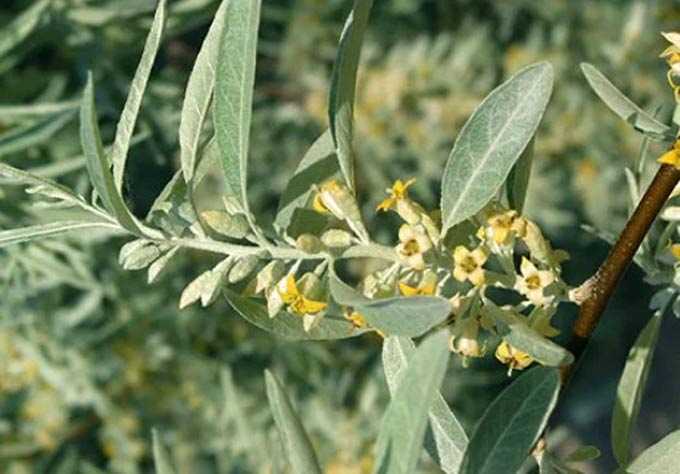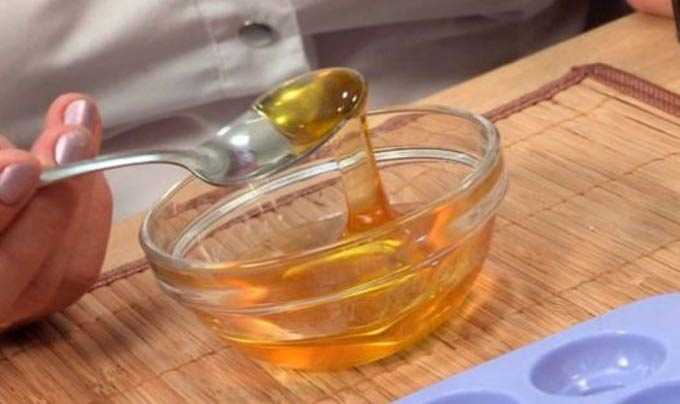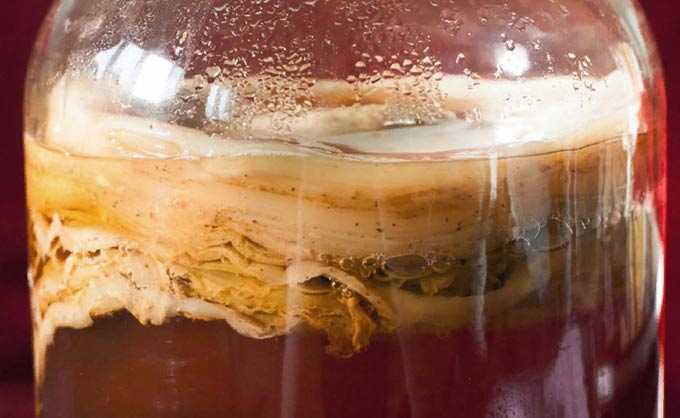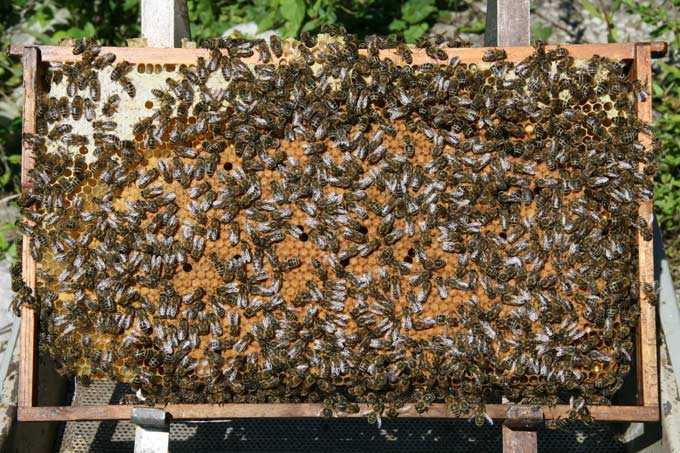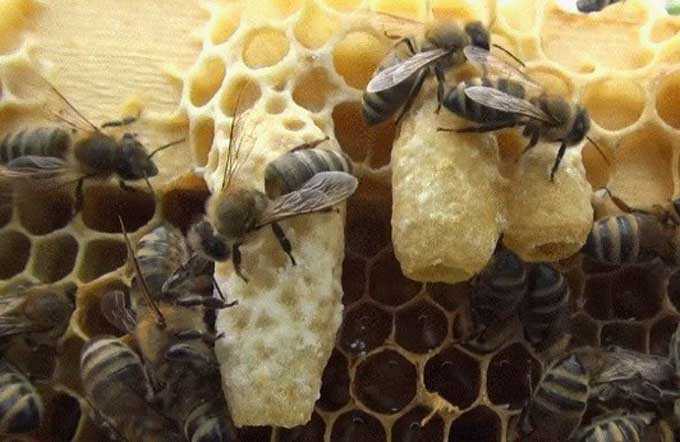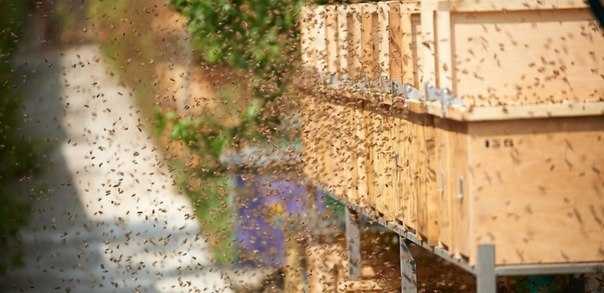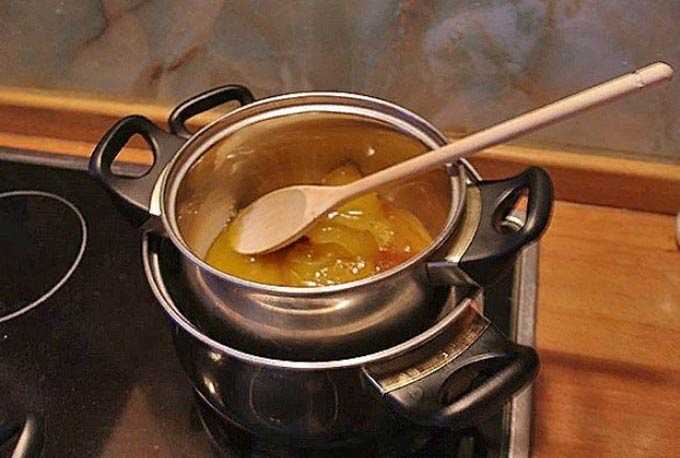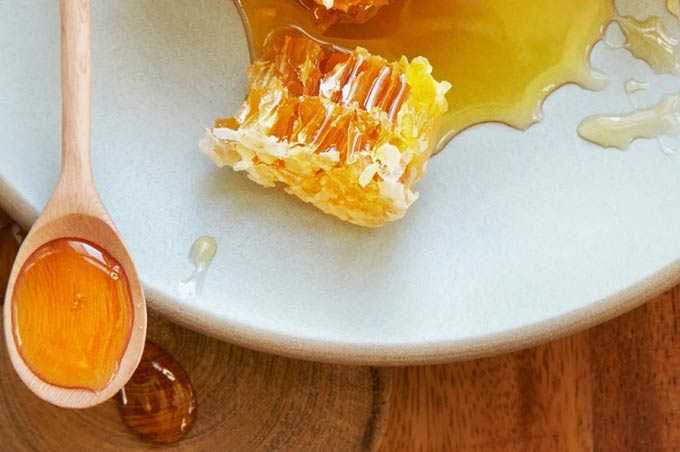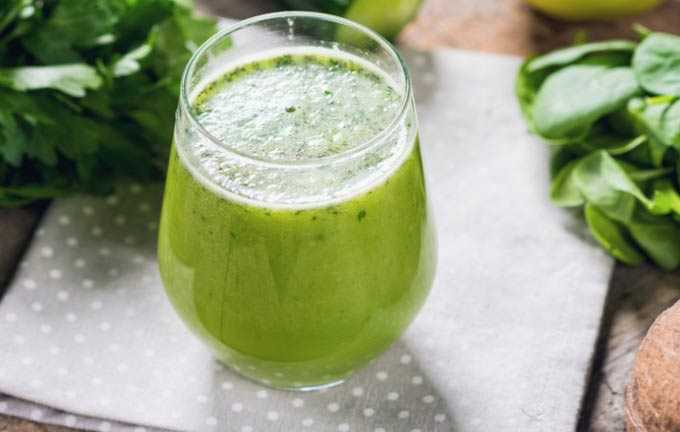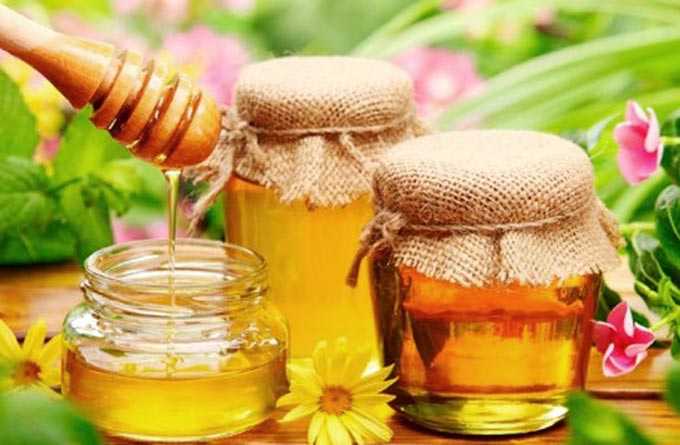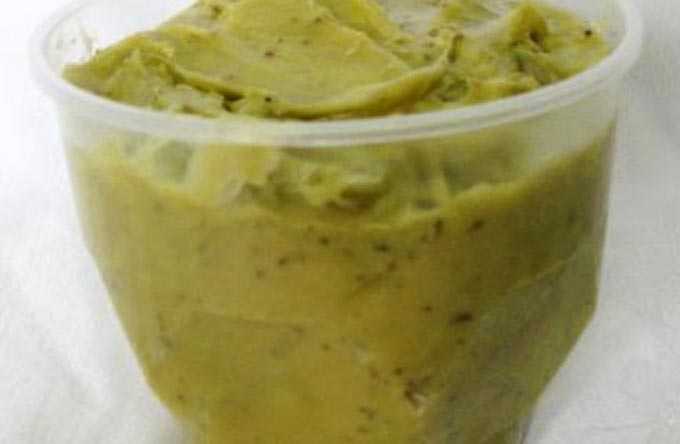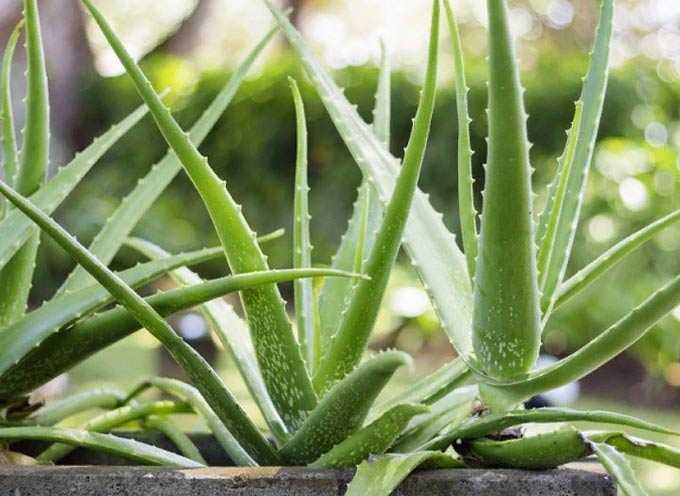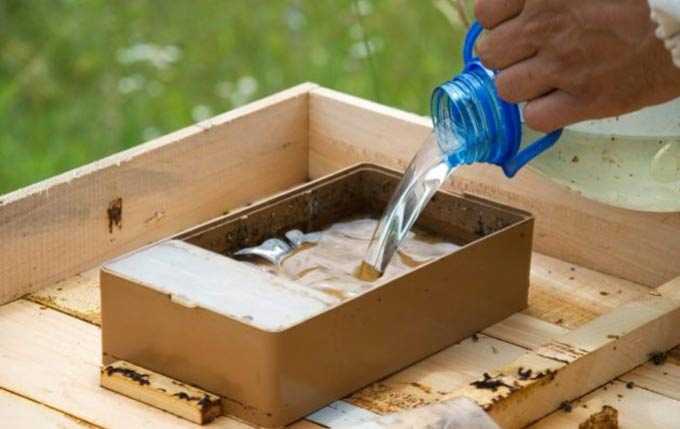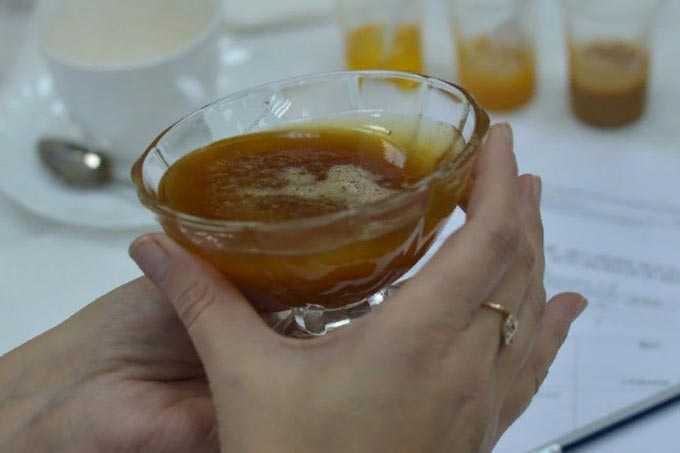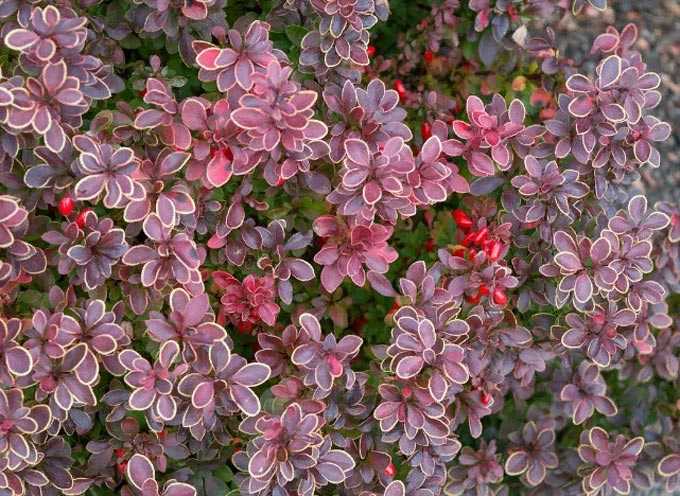In the treatment and prevention of bee diseases, not only antibiotics are actively used, but also other chemical (veterinary or pharmacy) preparations. They have sufficient effectiveness, and with the correct dosage and regimen of use, in some cases they can successfully replace antibiotics.
The content of the article
- 1 Use of Mycosol
- 1.1 Mode of application
- 2 Use of Nystatin
- 2.1 Veterinary drugs containing nystatin
- 3 Using Polisan
- 3.1 Mode of application
- 4 Using Sanapin
- 4.1 Mode of application
- 5 Using Ant
- 5.1 Mode of application
- 6 Use of oxalic acid
- 6.1 Fumigation
- 7 Use of iodine
Use of Mycosol
“Mycozol” refers to drugs that can cope with fungal infections (mycoses) that affect young bees – aspergillosis and ascospherosis (stone and lime brood).
Aspergillosis is dangerous for both pets and humans. It is necessary to work with sick insects in a gauze bandage! And honey extracted from an infected hive is boiled for 40-50 minutes.
The main active ingredient is clotrimazole. It also contains excipients and surfactants. Release form – strips packed in ten pieces in a foil bag.
This is a broad-spectrum drug that affects the causative agents of these diseases – Ascosphaera apia and Aspergillus (mold). There are no contraindications. There are no side effects, provided that the dosage is observed.
Mode of application
The foil package is opened just before the nests are processed. Honey from processed hives is allowed to be used for food.
Recommended periods of drug use:
- in the spring before the main collection of honey;
- in summer, immediately after pumping out marketable honey.
The strips are set at the rate of one piece per 6 frames. Re-processing is done after 6-7 days. The strips are installed on special fasteners (you can use the wire for the frames). For a successful fight against fungi, it is recommended to burn the dead and all the debris in the nests. Disinfection of working tools and empty honeycombs is also carried out.
In the spring, the last processing should be carried out no later than 14 days before the honey pumping out, so that some of the strips do not accidentally get into the marketable product.
Use of Nystatin
Nystatin also refers to antimycotic agents created to fight fungal infections. You can buy it at a regular pharmacy.
The medicine is used as an additive to feeding or in the form of a powder for treating insects.
For dusting you will need 100 g of powdered sugar and 0,5-1 g of crushed tablets. The affected brood is processed three times with an interval of five days using a container with fine holes. Powder consumption 10 g per street.
For medicinal feeding use tablets containing 100 thousand IU. They are ground in a coffee grinder and dissolved in a small amount of alcohol, after which they are mixed with a liter of sugar or honey syrup. Feeding is given at the rate of 0,5 liters per family three times with an interval of 3-5 days.
Syrup with a strength of 20 percent mixed with nystatin is used for irrigation of frames… The medicine is prepared at the rate of 100 thousand IU per 10 ml of syrup.
Veterinary drugs containing nystatin
“Askopol” It is produced in the form of plates of 4 pieces in a package, installed in the spring-summer period at the rate of one piece for 10-12 frames. The plates are attached between the brood and feed frames on both sides with a wire.
Ascostat it is used as an additive to top dressing at the rate of 10 ml per kilogram of dough (mixture of honey and sugar). After mixing, the mass is placed on top of the frames. The drug is used twice in one course of treatment. Consumption 0,5 kg per nest. You can add pollen to the dough (10-20% of the total weight of the dressing). In this case, the medicine is guaranteed to reach the brood.
“Polisot” includes pollen, nystatin, enzymes, vitamin supplements, trace elements and amino acids. The agent is used at the rate of 100 g per 50 ml of cooled boiling water. The dough is kneaded from these components. The finished cake is laid over the frames. Consumption is one cake for 10-12 streets. A week later, re-feeding is done. This drug not only treats ascospherosis, but also stimulates the development of bee colonies.
Using Polisan
“Polisan” used to fight ticks. This acaricide helps with infections with varroa jacobsoni and acarapis vudi.
Available in sheets of 10 in foil bags, ready to be installed in hives.
Mode of application
The package is opened just before the nest is processed. The strips are installed on the wire, ignited, extinguished and glowed between the outer frames. In this case, the distance between the cells must be extended to 3 centimeters! Alternatively, the plate can be placed on the bottom of the hive on a metal backing.
Then the nest is sealed for 50-60 minutes. An hour later, the nest is opened. If the strips are not completely burned out, repeat the treatment with a half dose. If the strips are completely burned out, open the upper and lower entrances to completely ventilate the nest.
Sick families are treated twice with an interval of 5-7 days. Layers are fumigated at intervals of a day. To exclude the drug from getting into marketable honey, the last treatment is carried out no later than 30 days before pumping out.
Treatment periods:
- after the first flyby in the spring;
- after honey pumping in summer and autumn.
The air temperature must be at least 10 degrees. Fumigation is carried out after the end of active summer (early morning or evening).
Using Sanapin
«Sanapin» for the treatment of bees it is used as a multifunctional drug capable of defeating fungal diseases of the brood, viral and bacterial infections, Varroa jacobsoni mites.
Available in ampoules of ten in a plastic bag. One bee family requires 1 ml of the drug (one ampoule).
It is a disinfectant and sanitizing agent that increases the efficiency of bee colonies. However, it does not affect the taste and marketability of honey in any way.
Main area of application:
- fight against spore-forming and non-spore-forming microorganisms;
- destruction of fungi;
- fight against viral infections;
- stimulation of the immune defense of insects;
- destruction of pesticides in the hives.
Mode of application
The drug must not be mixed with other medicines! During work, it is forbidden to smoke or contact with open fire – the active substance is flammable (it easily evaporates and ignites in the open air).
All streets are treated with the drug so that it does not fall on insects. After that, the nest is sealed for 40 minutes for complete disinfection. After the specified time, all the entrance doors and the lid are opened (for 15-20 minutes). Re-use of the drug is allowed after one to two weeks. Recommended seasons for processing: spring and autumn.
Using Ant
Treatment of bee colonies with formic acid has been used by beekeepers since the beginning of the last century. This substance was actively used to combat rotting diseases of the brood and varroatosis.
Cardboard plates were moistened with acid, poured into plastic bags with small holes and special evaporators. However, such work posed a certain danger to humans. The acid could burn the respiratory tract if it evaporated.
Therefore, for the treatment of varroatosis, synthetic pyrethroids in the form of plates safe for humans have been used for a long time. And only in 2001, the practice of using formic acid returned – a Russian the drug “Ant”.
It has a wide spectrum of action, but at the same time it has no drawbacks in practical use in an apiary.
Main applications:
- disinfection of nests;
- destruction of wax moth and other parasites;
- eradication of nosematosis, rotten and fungal infection of brood;
- control of ticks Varroa jacobsoni, Acarapis Vudi.
Formic acid is produced in the form of a concentrated gel placed in sachets. Upon contact with air, the active substance evaporates. The bags are stored in sealed polypropylene bottles.
Mode of application
All work is carried out in a gauze bandage and rubber gloves! It is not recommended to handle weak colonies with less than five streets in the nest.
The drug is used twice: in spring and summer (autumn) after honey pumping. The air temperature should not be below 10 or above 25 degrees.
The bottle is carefully opened. Then the bag is placed on a frame under a canvas at the rate of one piece for a family of 5-12 streets. At the same time, ventilation in the nest increases due to the opening of all the entrances (upper and lower). After the acid has evaporated, the spent bags are removed from the nests and disposed of.
Treatment Scheme:
- acarapidosis – three times with a break of seven days;
- varroatosis – twice with an interval of seven days.
The destruction of moths and moths is carried out at the rate of 1-2 packages of acid for 10-12 empty or feed frames placed in the storage.
Use of oxalic acid
Oxalic acid is a crystalline substance, sold in sachets of 20 grams. The main field of application in beekeeping is the fight against varroatosis.
For treatment, an aqueous solution is prepared – a liter of boiled or distilled water is taken for 20 g of acid.
When processing one frame, it takes about 10-12 ml of solution. The work is carried out as follows:
- From the nest, honeycombs are taken out, filled with honey and filled with bee bread. In this case, the insects will be located in the hive heap. (Outdoor air temperature should not be lower than 16 degrees!)
- The uterus is isolated. After that, frames with bees sitting on them are taken from the nest one by one and they are sprayed from a dispersion sprayer. With a multi-body design, the lower sectors are sprayed first.
- Re-spraying is carried out after 7-14 days.
Fumigation
For smoke treatment, you will need a factory smoke cannon or its homemade counterpart (for example, a smoker with a long pipe and a metal container for acid).
Fumigation with oxalic acid
Work order:
- 2 grams of acid are poured into the evaporator. This amount is enough for 10-12 frames.
- The gas burner turns on. Using a lever, a solution is supplied, which turns into steam and, together with the smoke, is thrown out.
- The tube of the device is placed in the lower notch. After that, four to five portions of medicinal smoke are released into the nest.
- Fumigation is carried out in four doses with an interval of one day. If there is a lot of brood in the family, it is necessary to release two portions of smoke first, and after ten minutes another two.
In autumn, especially in humid climates, fumigation is not used. As the steam settles on the combs during cooling, it leads to the formation of mold and disturbance of the microclimate in the nest.
Use of iodine
Iodine it is used in beekeeping as a prophylactic and disinfectant, leading to the improvement of families. That excludes the spread of mycoses, foulbrood and fungal infections – healthy insects have good immunity.
This drug allows you to avoid antibiotic therapy in cases where they are not needed – when carrying out various preventive measures.
For the treatment and preparation of top dressing, some beekeepers use:
- 5% alcohol solution;
- potassium iodide.
But these drugs are extremely toxic to insects – it is almost impossible to predict the consequences of their use. Therefore, veterinarians have developed a special non-toxic compound known as “Blue iodine”.
It includes:
- water;
- potato starch;
- potassium iodide;
- iodine.
It is an easily digestible preparation of natural origin with antiviral, antifungal and antibacterial properties. It does not induce resistance in microorganisms and can be used as an effective antiseptic.
Use for ascospherosis and nosematosis:
- irrigation of the hive at the rate of 15 ml of blue iodine per frame;
- watering insects – 1 ml per liter of boiled water;
- top dressing – 1 gram of iodine per liter of sugar or honey syrup (preventive top dressing is performed in the second decade of September);
- treatment of hives for disinfection.
We remind you that the uncontrolled use of drugs from the group of antibiotics (neomycin, monomycin, pasomycin, streptomycin, oxytetracycline, chlortetracycline and others) leads to the emergence of bacteria resistant to them. And honey containing antibiotics has a negative effect on the human body.
